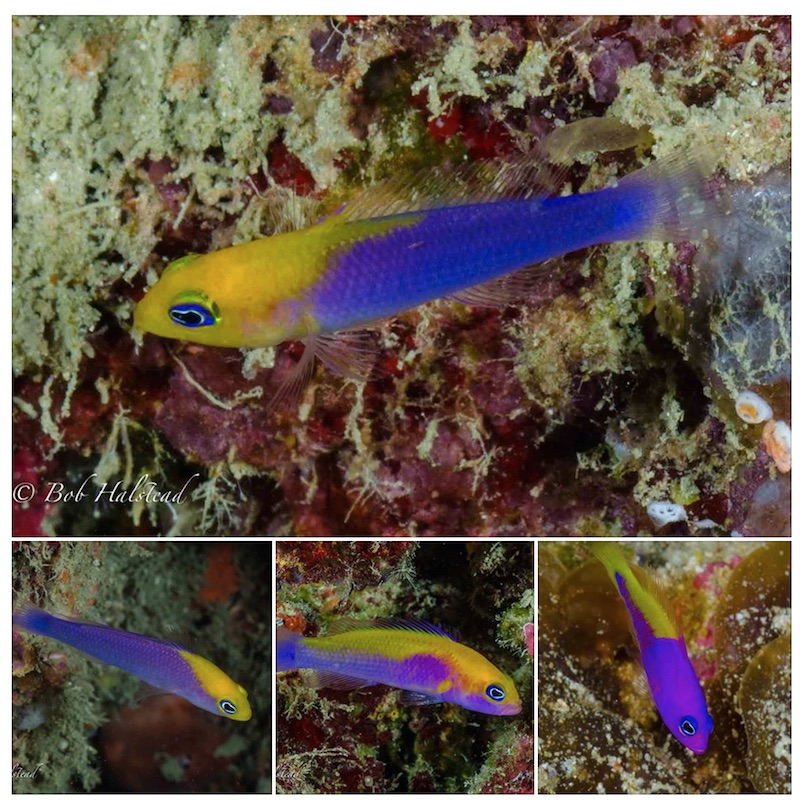Dottybacks are some of the quintessential reef fish; they are small, hardy, come in a myriad of colors and they are both readily available and affordable to aquarists. The other feature of dottybacks is how amenable they have been to captive breeding in home aquaria, and the aquarium hobby is just now on the cusp of creating domesticated stains of colorful Pseudochromis, mostly through hybridizing.
But mother nature has been experimenting with dottyback coloration, particularly in the genus Pictichromis which includes the popular purple, diadema and bicolor dottybacks. In one place specifically, Milne Bay, Papua New Guinea, natural process have been at work to create a gradient of unusual color patterns which seem to be affecting several Pictichromis species.

Pictichromis caitlinae is one of the holy grail of small colorful dotty backs, with an inverse coloration from P. diadema, and which was only recently described from the Bird’s Head Peninsula just a few short years ago. However, on the opposite side of the island of Papua, a sister species, Pictichromis aurifrons has been subjected to some unknown forces that has shaped this fish to show a range of color patterns.
Whether it is due to hybridization, or localized inbreeding in this secluded bay on the Eastern tip of Papua, P. aurifrons shows a diversity of color that is succintly documented by prolific underwater photographer, Bob Halstead. We’ve seen unusual dotty backs from other parts of the Indo-Pacific but Mr. Halstead’s selection of photos of P. aurifrons and P. epphiata reveal that a veritable skunkworks laboratory of colors are at work in these species. [Bob Halstead]







